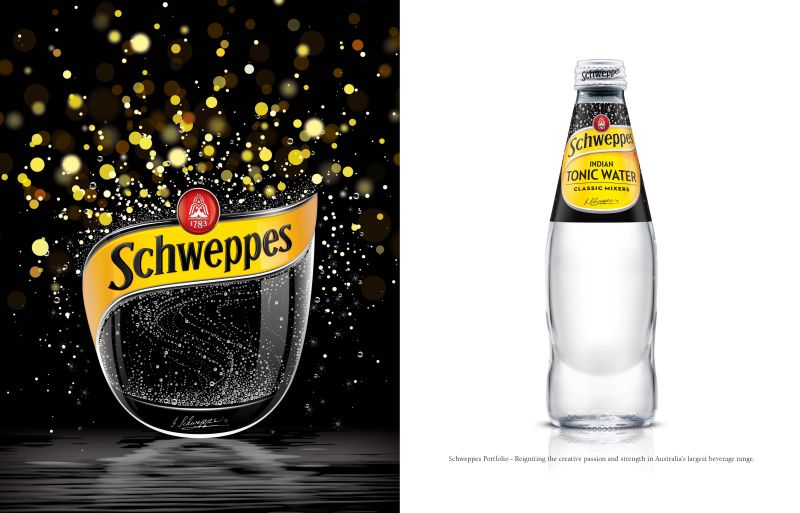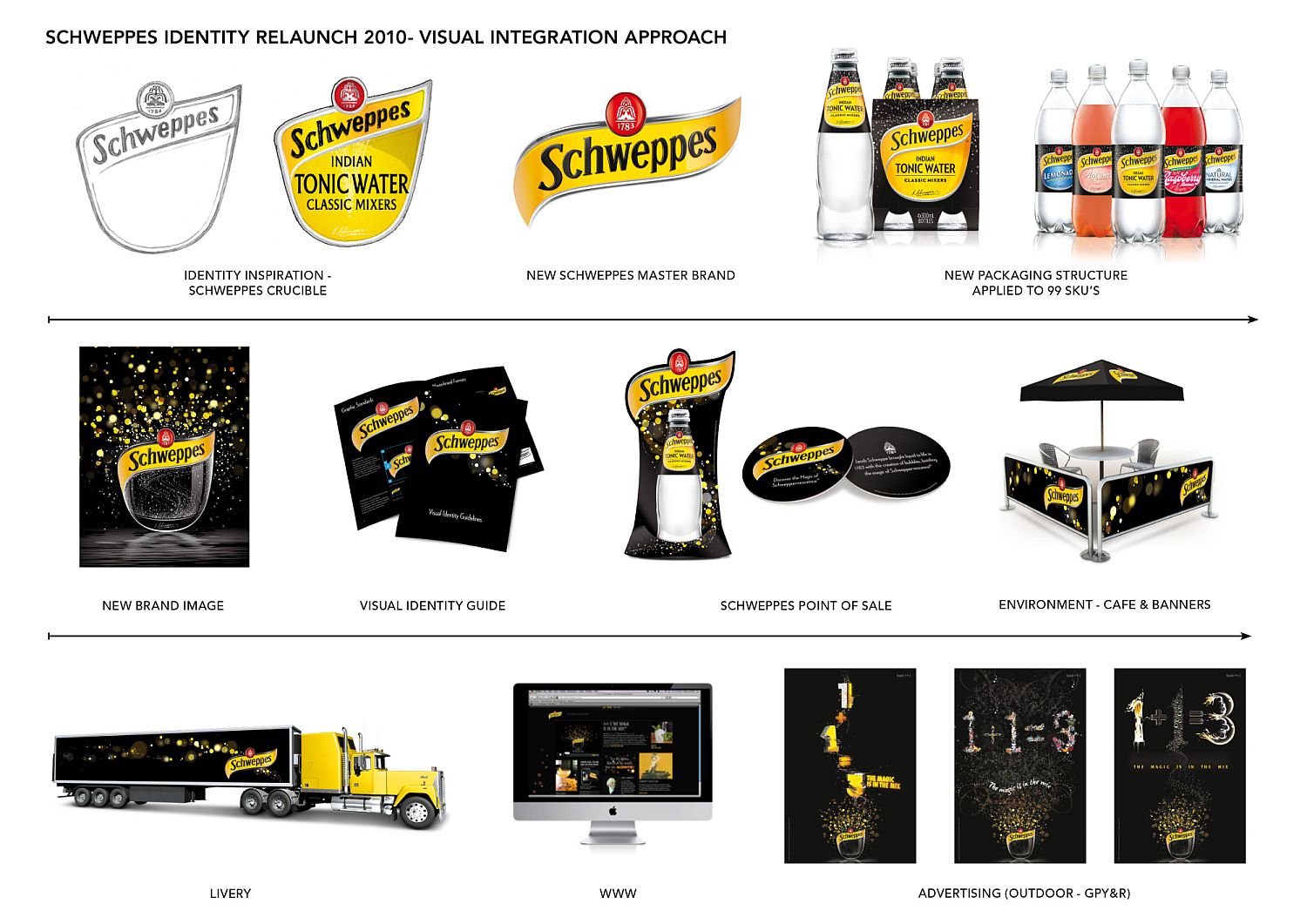Two decades in the communication industry and how much has it changed. What I am observing in 2010, is an industry culture dominated by self-serving creative businesses with a focus on individual achievements and recognition. With an influx of agencies offering more and more services as the industry fragments. I find more and more brand owners sharing similar challenges with me, “I just don’t know who should do what, everyone can do everything now and are all fighting for a bigger chunk of our Marketing pie”. I nod, with a guilty expression, knowing that our business, who has diversified and grown our capabilities—is in fact adding to our clients challenge, not helping them. What a career epiphany that was.
If I borrow from DeBono and put my yellow ‘solution’ hat on, I am forced to think about how our business can help to support our clients, really support them. How can we remove the focus on personal financial gain and creative power, and shift the emphasis to the development of transformative creative outcomes that are also efficient, collaborative and adding long-term value to our clients’ brands?
Schweppes Case Study: 1
I believe this requires a relationship revolution. Change can only occur when creative partners synthesise their collective knowledge, put their egos aside and develop a new type of working relationship (beyond a smile and a handshake) where the core focus is the brand itself.
Lets take a quick look at some of the reasons why this is happening and a possible way forward:
Brand Challenges
- Multiple creative agencies working on brand accounts (specific to specialty)—multiple inputs.
- Territorial agency behavior blocking truly collaborative and integrated approach
- Brand owners having difficult assigning ‘specialty champions’ with agencies expanding their services (but not necessarily expertise)
- The value of identity not understood or leveraged by all creative partners
- Agencies pushing to create new things (assets and visual language) rather than reviewing what is available to them (building on existing equity)
- Ensuring cut-through —connecting the message with the consumer.
- Commitment to long-term focus and responsibility to the brand (not self sustaining creative solutions)
Effect on Brand
- The brand message is weakened through incongruent and fragmented visual representations
- Strained relationships between creative partners (protective and suspicious of one another)
- Ineffective use of Marketing budget—results in less cut-through
- Communication waste—not sustainable solutions (less for more)
- Short-term focused outputs that are seasonal or campaign driven—no long-term value building
- Aesthetically deficient creative—lacking in innovative spirit and design sensibility.
- Heavy investment required to ‘fix’ communication which wasn’t’ effective—feeding the beast.
Identity as a possible solution:
1. Cultural identity—brand owners and partners working together harmoniously.
2. Brand identity—brand owners understanding their brand at a deep archetypal level and using this knowledge the platform to a brand strategy, planning and innovation—the ‘WHY’.
3. Visual identity—brand owners assigning an ‘identity champion’ who manages the visual integration of the brand across the touch-points ensuring greater consistency and visual recognition (cut-through). This role would be focused on collaborating and facilitating with all other creative partners to ensure a consistent and innovative use of visual language and assets is achieved—the ‘HOW’.
The communication industry is going through fundamental transformation, a knee-jerk reaction to the fast paced technological advancement and how consumers are adopting their communication consumption. As leaders we need to take responsibility for this change and begin to practice the art of collaboration. So often, brand owners invest heavily in one touch-point (packaging, outdoor etc) but don’t completely optimize their investment through visual integration – ensuring there is a congruent connection between all storytelling modes that are recognizable and on-brand.
Collaboration is more than just a ‘buzz’ word, it requires a ‘helicopter’ perspective and focus on the brand, not individual agency gain. The solution rests in a ‘OneTeam’ creative approach, one which is grounded in mutual respect and appreciation for the benefit of sharing, aligning and creating powerful and engaging solution. This is the way forward for all those who manage, inspire and create the brands we love.
Schweppes Case Sudy: 2
Written by Amber Bonney, General Manager — Design
Contributions by Tony Di Donato, Managing Director
Case Study Examples: Schweppes Brand Identity Integration Approach.
Client: Schweppes Australia
Group Marketing Manager: Enda O’Sullivan
Brand Manager: Hanan Eissa
Creative Credits
Brand Identity: Di Donato Partners
Packaging: Di Donato Partners
Advertising: George Patterson Y&R, Melbourne
About the Author:
Tony is the Managing Director of Di Donato Partners, which he founded in 1989. DiDONATO is leading the design world with its revolutionary Business Design model, which holistically brings together culture, identity and design.


